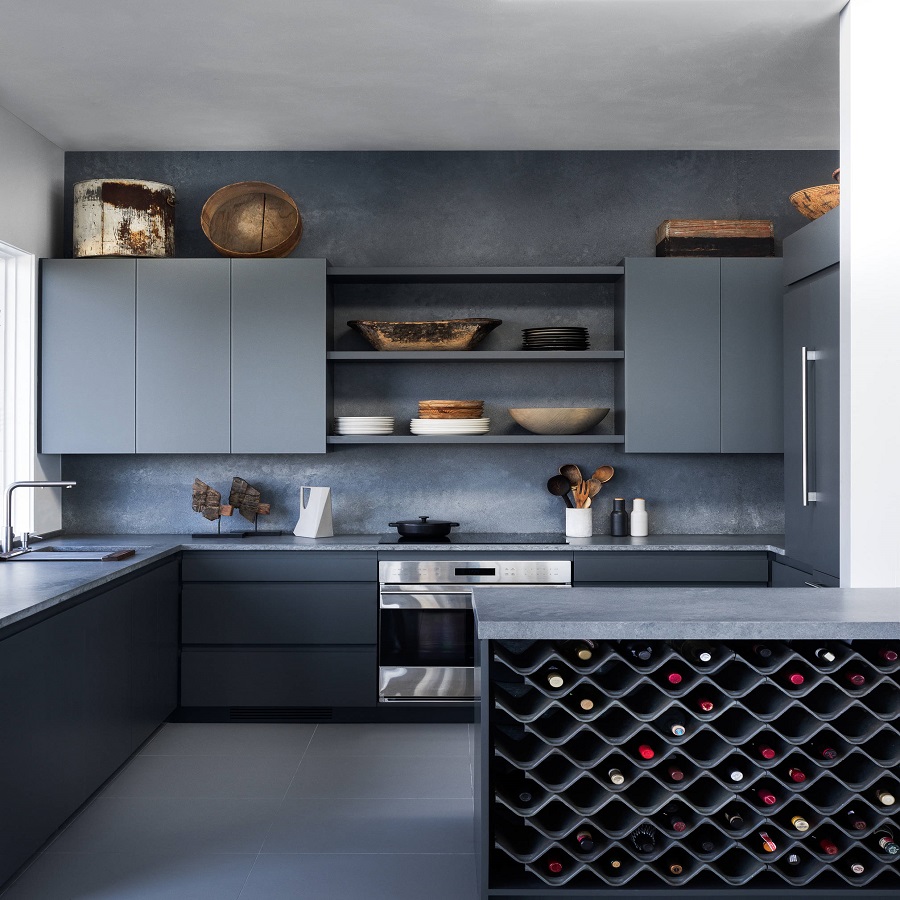 Introduction:
Introduction:
What is the labor cost to install kitchen cabinets?
When planning a kitchen renovation, understanding the labor cost involved in installing kitchen cabinets is crucial for budgeting and decision-making. The installation process requires skilled labor and expertise to ensure a properly fitted and functional kitchen. In this comprehensive guide, we will explore the factors that impact the labor cost of installing kitchen cabinets. By understanding these factors, homeowners can make informed decisions and accurately estimate the labor cost for their kitchen cabinet installation.
 Introduction to Kitchen Cabinet Installation Labor Cost
Introduction to Kitchen Cabinet Installation Labor Cost
What is the labor cost to install kitchen cabinets?
The labor cost for installing kitchen cabinets is an essential aspect of budgeting for a kitchen renovation, as it can significantly impact the overall cost of the project.
A. Skilled Labor: Proper installation of kitchen cabinets requires the expertise of skilled professionals.
B. Impact on Budget: Understanding the labor cost helps homeowners plan and allocate their budget effectively.
Some common types of kitchen cabinets
When it comes to kitchen cabinets, there are various types and placement options to consider for storage and organization. Here are some common types of kitchen cabinets and their typical placement locations:
Corner Cabinets:
Corner cabinets are designed to optimize the use of corner spaces and provide storage in hard-to-reach areas. They can have rotating shelves or special mechanisms to access items conveniently. Corner cabinets are typically placed in the corners of the kitchen to maximize storage efficiency.
Specialty Cabinets:
Specialty cabinets are designed for specific storage needs and can vary greatly based on individual preferences and kitchen layouts. These can include pull-out drawers, spice racks, wine racks, trash and recycling cabinets, or utensil organizers. Specialty cabinets can be placed strategically based on the specific function they serve.
When planning the placement of kitchen cabinets, it’s important to consider the kitchen layout, workflow, and accessibility. Optimizing storage space and keeping frequently used items within easy reach are key considerations when determining the placement of different types of cabinets in a kitchen.
 Factors Affecting the Labor Cost
Factors Affecting the Labor Cost
Several factors influence the labor cost for kitchen cabinet installation, including the complexity of the project, the size of the kitchen, and the location of the property.
A. Complexity of the Project: The complexity of the cabinet design, such as special features, customized elements, or specialized hardware, can increase the labor cost.
B. Kitchen Size: The overall size of the kitchen, including the number of cabinets to be installed, affects the labor hours required and, consequently, the cost.
C. Location: Labor costs can vary based on the geographic location of the property due to differences in labor rates and cost of living.
Types of Labor Costs
When estimating labor costs for kitchen cabinet installation, it is essential to understand the various components that make up the total cost.
A. Installation Labor: This refers to the cost of skilled labor for assembling and installing the cabinets, including cutting, adjusting, and fitting them into place.
B. Removal and Disposal: If the old cabinets need to be removed and disposed of, additional labor costs may apply.
C. Pre-Installation Preparation: Labor costs may include tasks such as measuring the kitchen space, planning the layout, and assessing any necessary modifications or repairs.
D. Finishing Touches: Installing crown molding, trim, or additional decorative elements can incur additional labor costs.
Determining the Hourly Rate
The labor cost for kitchen cabinet installation is typically estimated based on an hourly rate, which can vary depending on several factors.
A. Regional Differences: Hourly rates may vary depending on the location and the prevailing cost of labor in the region.
B. Expertise and Experience: Highly skilled and experienced professionals may charge higher hourly rates due to their expertise and reputation.
C. Company Size: Labor rates might differ between individual contractors and large-scale renovation companies.
 Additional Considerations
Additional Considerations
Apart from labor costs, homeowners should also consider related expenses and factors that may affect the overall project budget.
A. Permits and Inspections: If required by local regulations, obtaining permits and undergoing inspections may incur additional costs.
B. Project Timeline: Factors that affect the installation timeframe, such as any necessary modifications or customizations, may impact the labor cost.
Obtaining Quotes and Estimates
To get an accurate estimate of labor costs, homeowners should seek multiple quotes from reputable contractors or renovation companies.
A. Detailed Project Specifications: Providing contractors with detailed information about the project, including cabinet design, dimensions, and any customizations, ensures accurate quotes.
B. Comparing Quotes: Evaluating multiple quotes allows homeowners to compare labor rates, services included, and overall project costs.
Some current trends in kitchen cabinets:
When it comes to kitchen cabinet trends, there are several styles and design elements that have gained popularity in recent years. Here are some current trends in kitchen cabinets:
Minimalist and Sleek Designs:
Clean lines, flat or slab-front cabinet doors, and minimalist hardware are on-trend. This style often features handle-less cabinets or simple, sleek handles for a contemporary and streamlined look.
Two-Tone Cabinets:
Mixing cabinet colors or finishes is a popular trend. For example, upper cabinets may be a different color or finish than lower cabinets, creating visual interest and adding dimension to the kitchen.
Natural Wood Finishes:
Natural wood cabinets, such as oak, walnut, or maple, have made a comeback. The warmth and texture of wood add a natural and timeless element to the kitchen. This trend often involves lighter, natural-colored wood tones or even incorporating reclaimed wood for a rustic flair.
Glass Front Cabinets:
Glass front cabinets provide an opportunity to display dishware, glassware, or decorative items while adding a touch of elegance to the kitchen. From clear glass to frosted or patterned glass, this trend adds visual interest and creates a showcase element.
Concealed Storage Solutions:
With a focus on organization and maximizing storage space, there is a growing demand for clever and concealed storage solutions. This can include pull-out drawers, corner storage systems, vertical dividers for baking sheets, or built-in organizers for spices and utensils.
Tech Integration:
As smart home technology becomes more prevalent, there is a demand for cabinets with integrated charging stations, built-in USB ports, or touch-activated lighting systems. These features add convenience and functionality to the kitchen space.
It’s worth noting that trends can vary depending on personal preferences, regional influences, and the overall kitchen design style. It’s important to choose elements that align with your personal style and complement the overall aesthetics and functionality of your kitchen space.
 Conclusion
Conclusion
What is the labor cost to install kitchen cabinets?
Determining the labor cost for kitchen cabinet installation is crucial for proper budgeting and planning of a kitchen renovation project. The complexity of the project, kitchen size, and location are key factors that influence labor costs. Understanding the various components of labor costs, obtaining multiple quotes, and considering related expenses contribute to a more accurate estimate. By keeping these factors in mind, homeowners can make informed decisions and ensure a successful kitchen cabinet installation within their budget.



